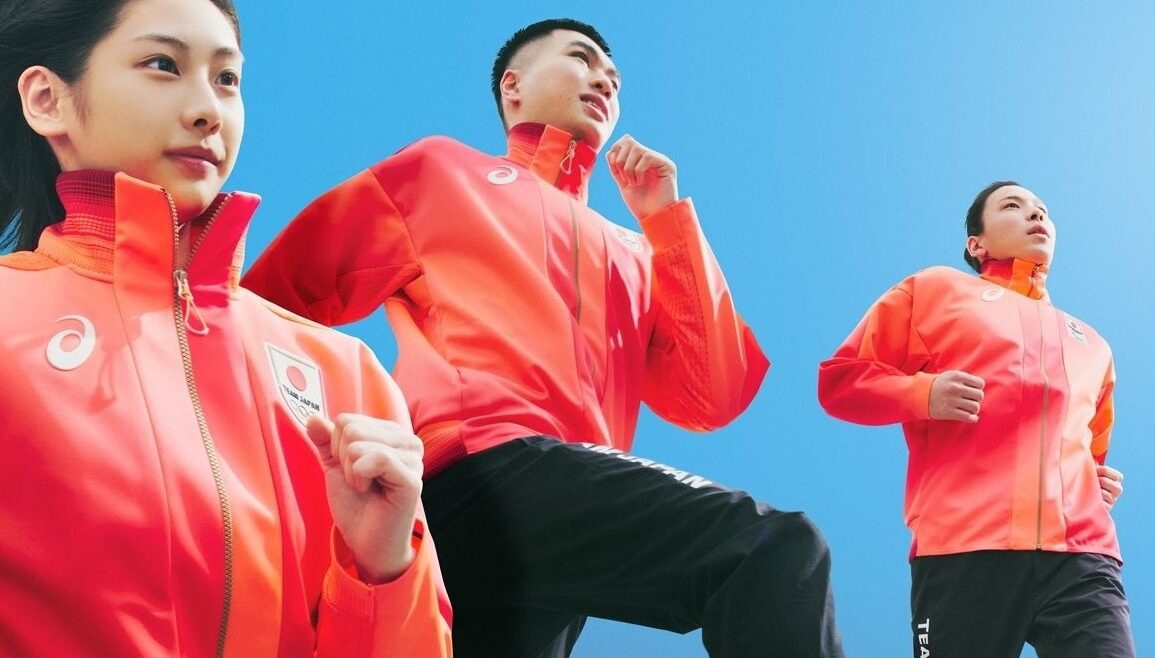The kits of Thailand and Japan’s national teams are made of eco-friendly materials.
Paris promises this year’s Summer Games to be the “greenest” Olympics in history, while setting new standards in sustainability. To achieve this end, Mayor Anne Hidalgo’s sustainable vision for the Paris Games includes reducing by more than half the carbon emitted by London 2012 and Rio 2016.



It also helps that 95 percent of the 35 Olympic venues this year have already been built, with the city using existing or temporary infrastructure for the competitions. Only one new competition venue is being built for the games—the Aquatics Centre in Saint-Denis, which is solar-powered, uses natural bio-based building materials, and is fitted out with recycled materials.
Moreover, the Athletes’ Village has no air conditioning and almost 9,000 trees have been planted around the area to attract different species of fauna.
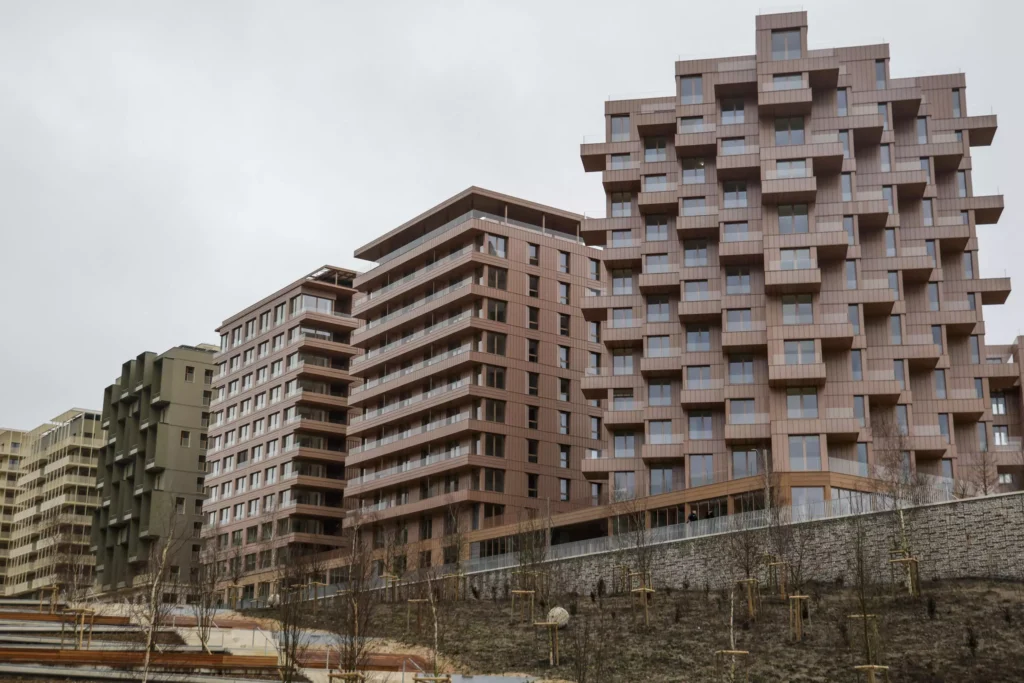


But it’s not only the Paris 2024 organizing committee which has taken conscious steps into making the games much more sustainable. Teams have also taken it upon themselves to do their share in greening the event, such as Thailand’s national team, whose jerseys are made from recycled bottles, and Team Japan and their eco-friendly team uniforms.
Team Thailand: A fusion of sustainability and culture
The manufacturer Grand Sport Group Co. Ltd. said the jerseys were made with fabric spun from plastic bottles keeping in mind the organizer’s bid to protect the environment during the games, according to a report on The Nation.
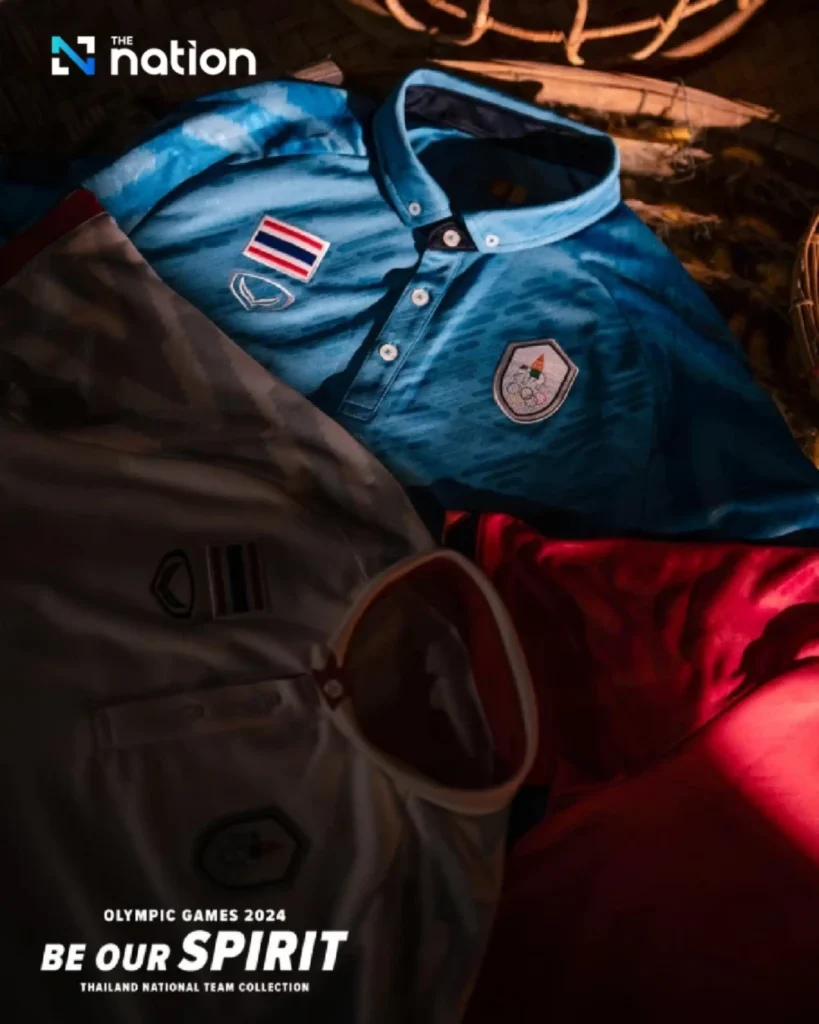


Aside from being sustainable, the Thai jerseys will also be promoting Ban Chiang village which was designated a UNESCO World Heritage Site for its cultural and historical significance in 1992.
I did some prowling around online to know more about Ban Chiang, and it turns out, this village in Thailand’s Udon Thani province is considered “the most important prehistoric settlement so far discovered in South-East Asia,” as per UNESCO. It marks a crucial stage in human cultural, social, and technological evolution, with the site presenting the earliest evidence of farming in the region and of the manufacture and use of metals.



Putting together both sustainable and cultural elements, Grand Sport designed the jerseys following a “Be Our Spirit” theme with patterns inspired by the techniques used by the Ban Chiang community.
Team Japan: Recycled materials made with less carbon emissions
Japanese Olympians meanwhile boast not only sleek-looking team uniforms, they can also take pride in the carbon footprint of their eco-friendly Olympic wear.
Sporting goods company Asics said the jackets, pants, and other items athletes will wear on the podium and at news conferences would have the amount of carbon dioxide emitted during production stamped on them, in line with the green goals put forth by the host city.
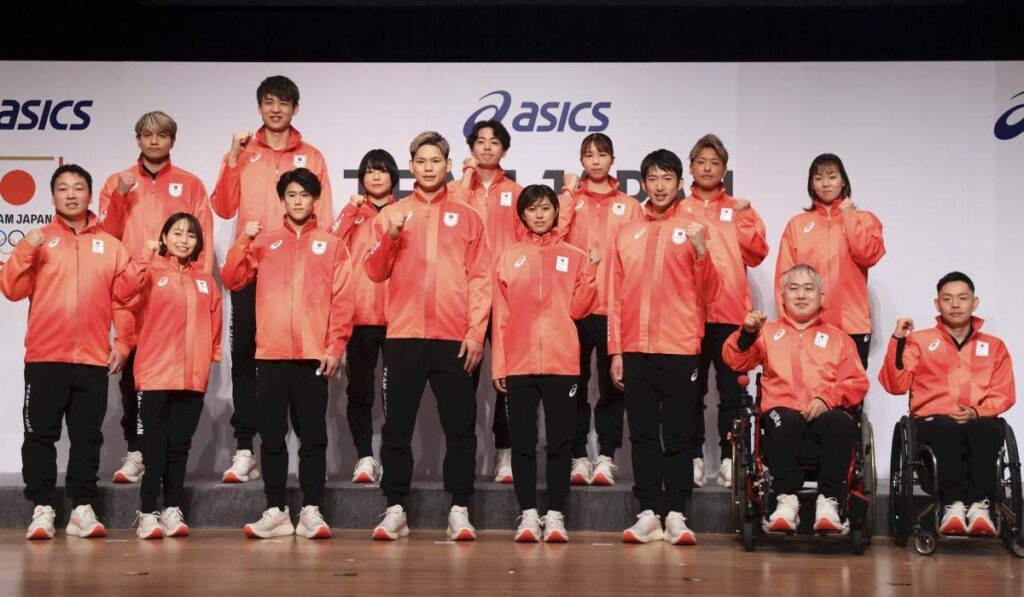


The team’s warm-up suit jack, for instance, shows 8.8 kg of carbon dioxide equivalents (CO2e) were emitted in its production, while bottoms show 5.5 kg of CO2e, as reported by The Japan Times.
“The Paris Games are billed as the most sustainability-focused event in Olympic history, so we adhered to that concept,” said Makoto Ohori, manager of Asics’ apparel and equipment development, as quoted in the article. “By figuring out the carbon footprint of each item and labeling it on the products, we hope to boost transparency as well as raise awareness among athletes toward the environment.”
The Tokyo-based company said it reduced emissions on the official uniforms by about 34 percent from the last Olympics in Tokyo by using recycled and lighter material, as well as renewable energy at its factory in Japan.
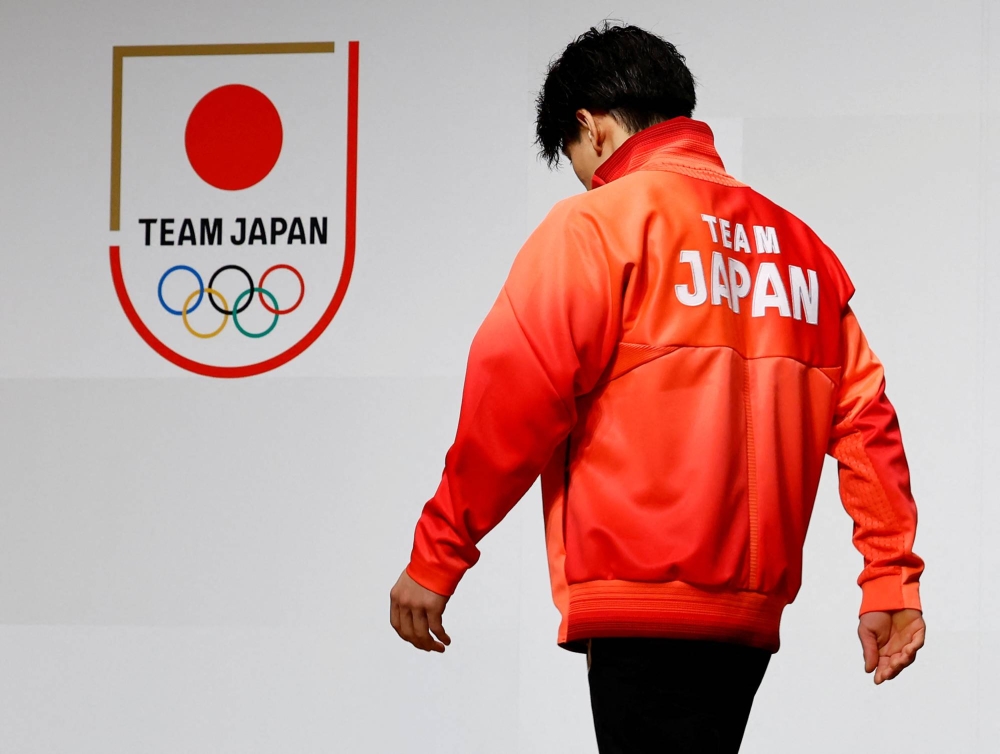


Moreover, Asics has now purchased 200 tons of carbon credits that exceed the total calculated carbon footprint. The carbon credits were used to support Delta Blue Carbon, a mangrove restoration project in Pakistan with guaranteed reliability and quality, as per a statement released on the company’s website.
Meanwhile, the red tops are inspired by Parisian sunrise, “expressing the strength and warmth of the gradient sky taking on the morning glow,” according to an article on The Japan News.
Aside from being greener than most other uniforms, Team Japan’s Olympics kit is breathable but also retains heat taking into consideration Parisian climate which sees fluctuating temperatures.
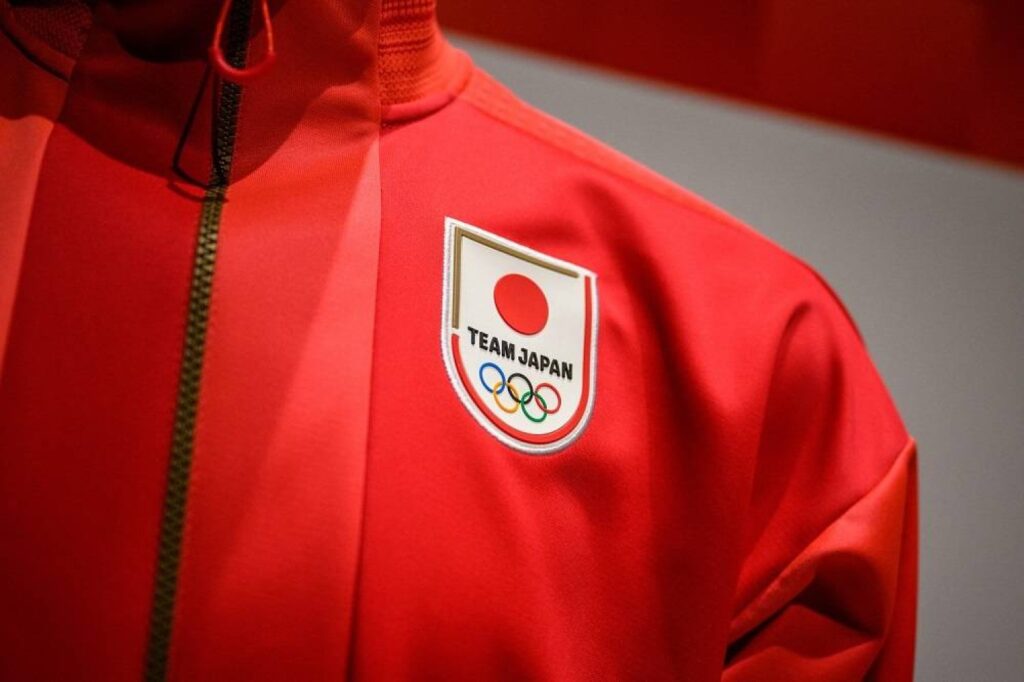


United Nations scientists have been sounding the alarm bells, saying halving the world’s greenhouse gas emissions by 2030 is a must to stop an increase in average temperatures of more than 1.5 degrees Celsius. They estimate we only have two years left to take urgent action to avoid far worse climate change.
At the previous Summer Games held in 2021 in Tokyo, almost all non-consumable items were recycled and emissions were reduced through the use of hydrogen-powered energy and vehicles, according to organizers.

